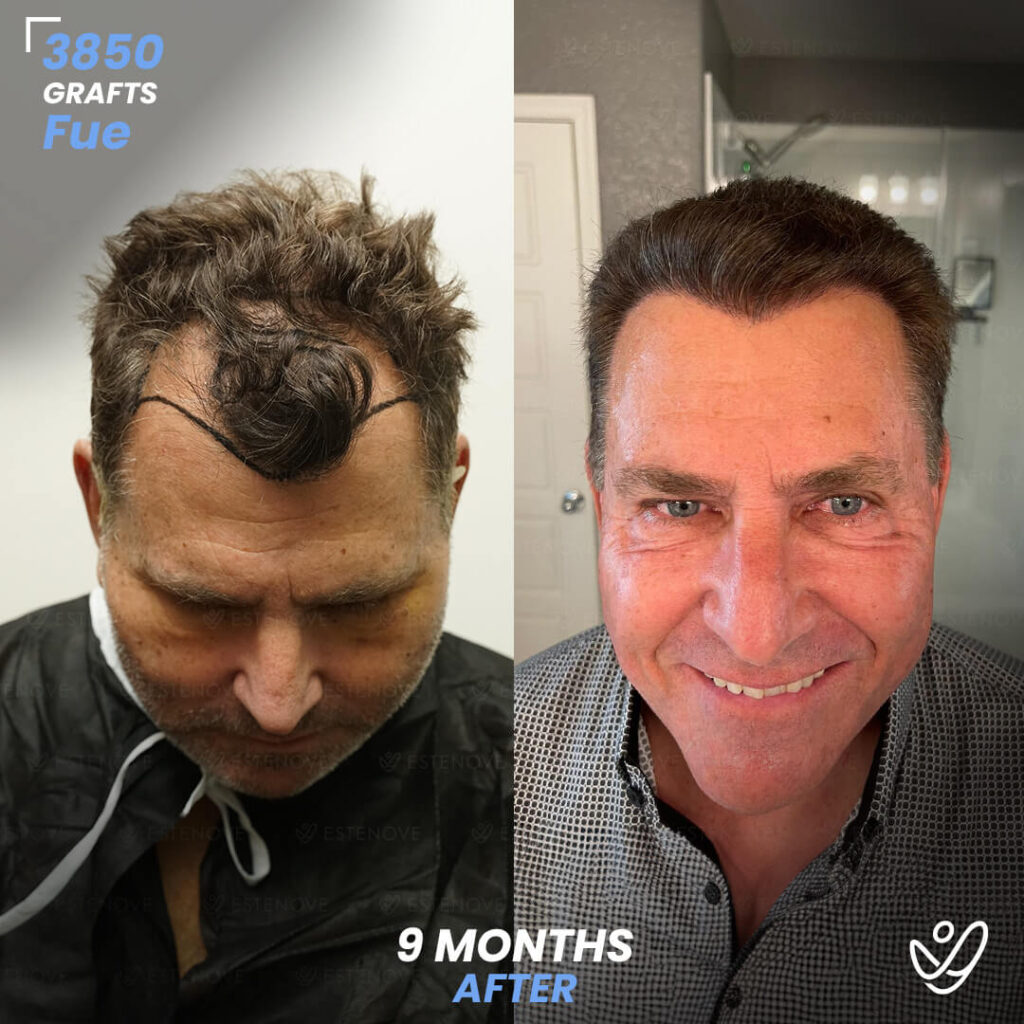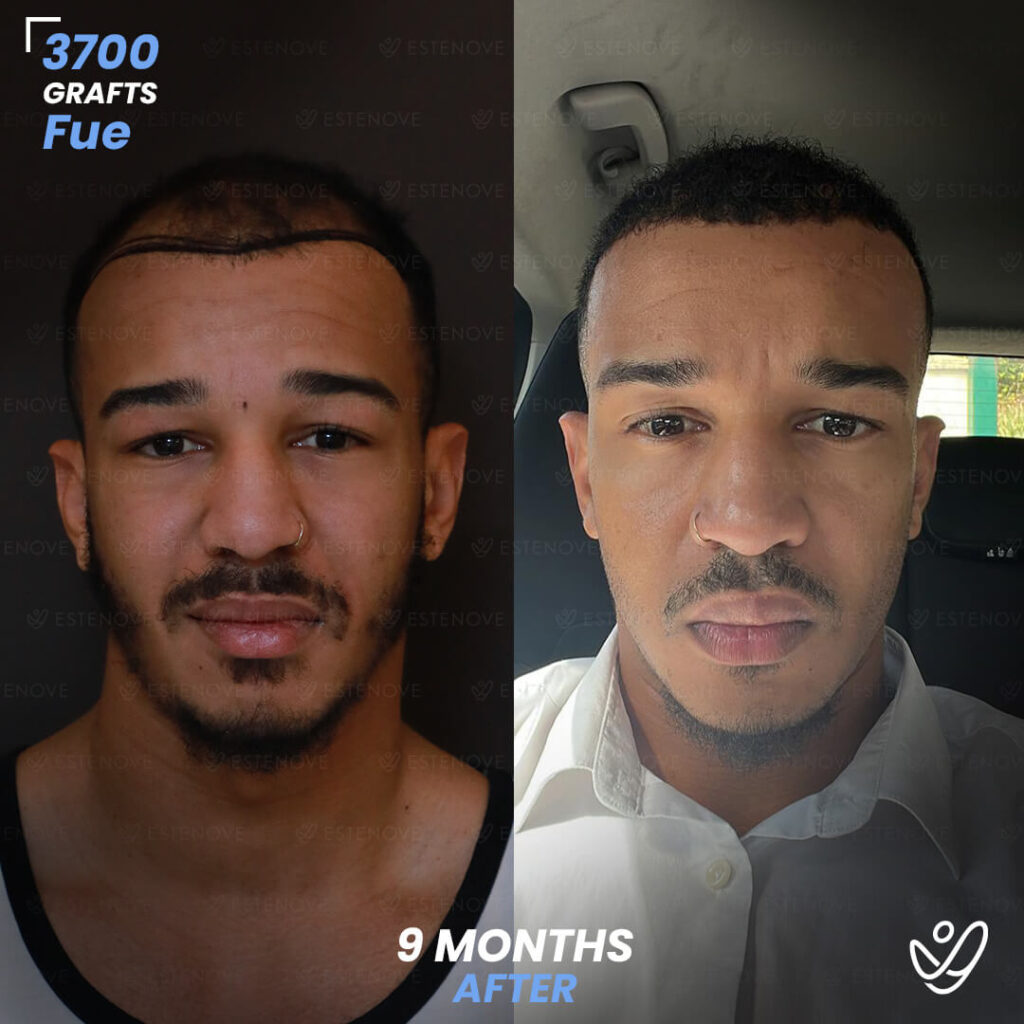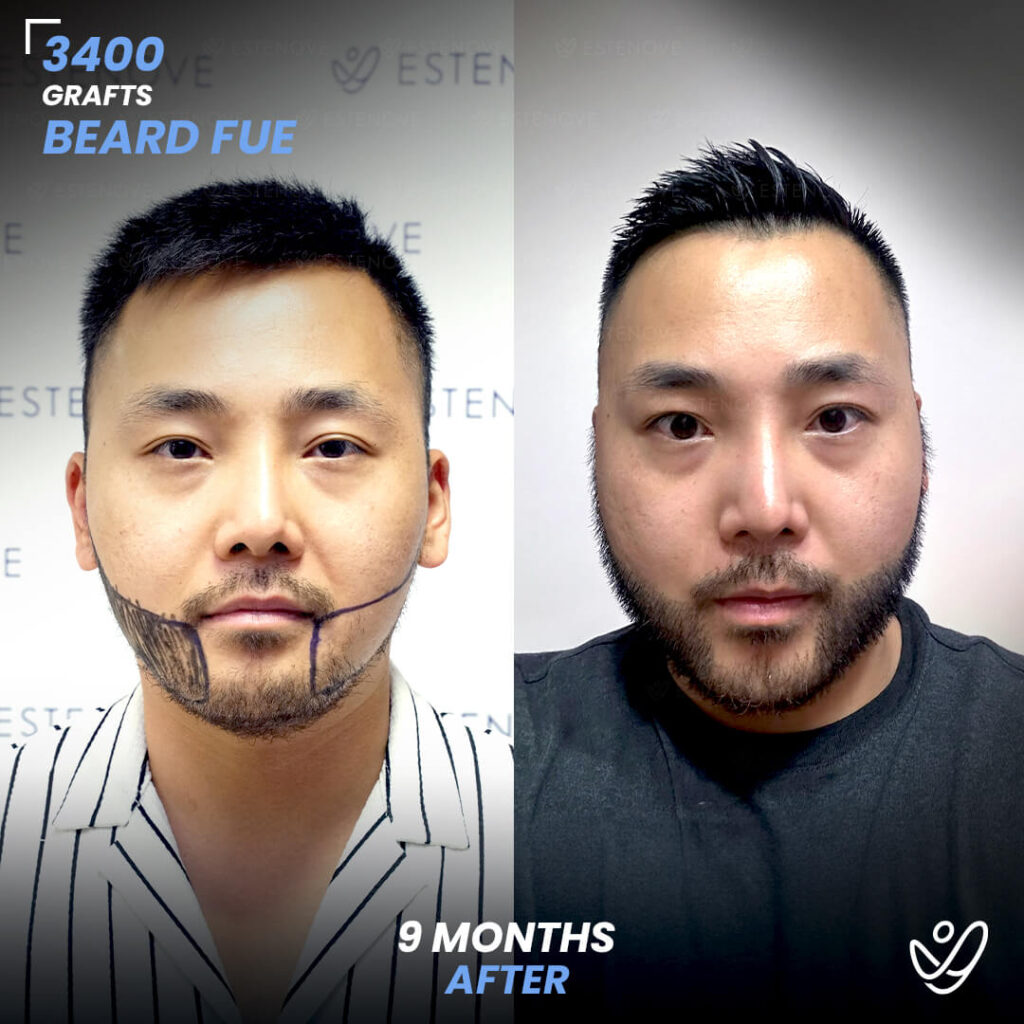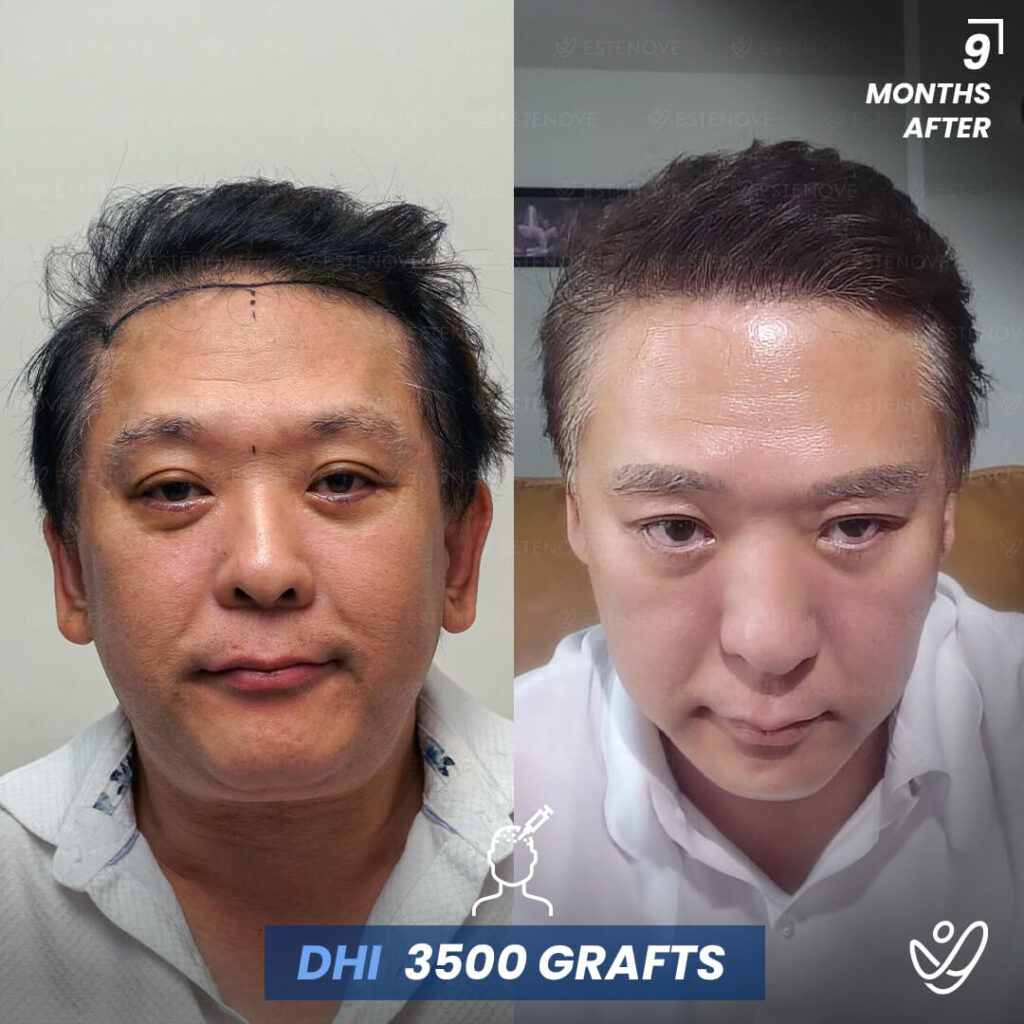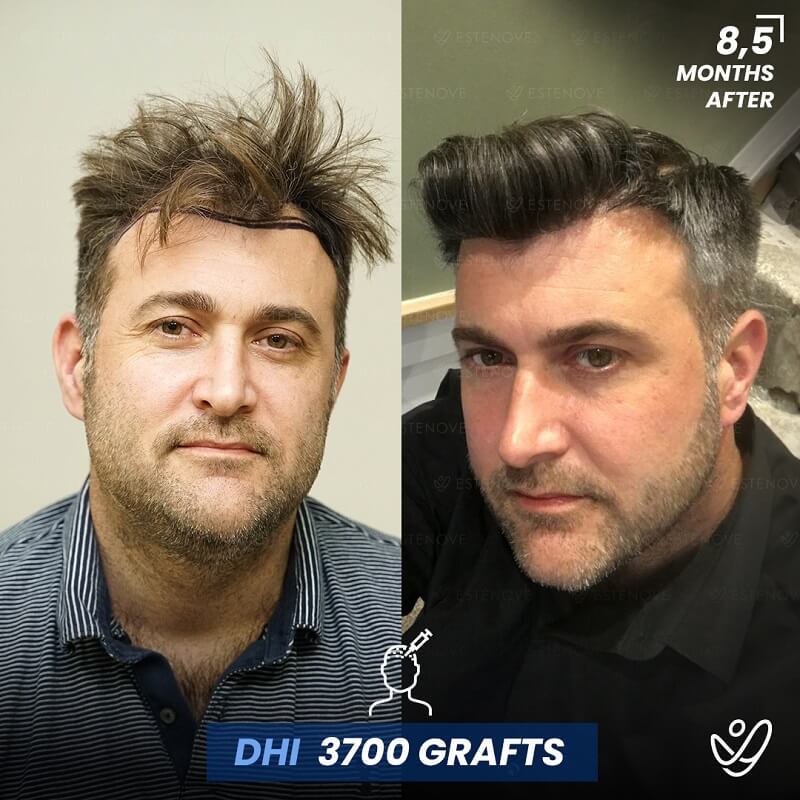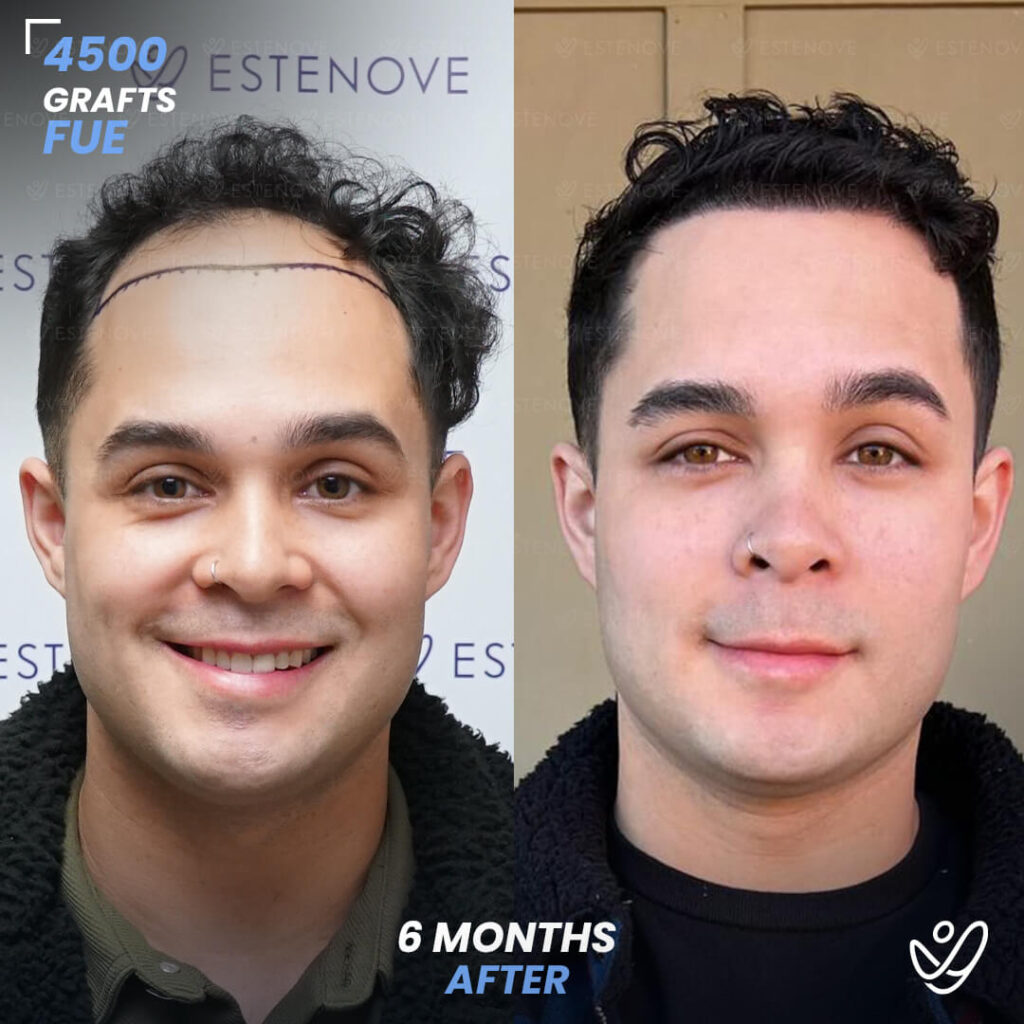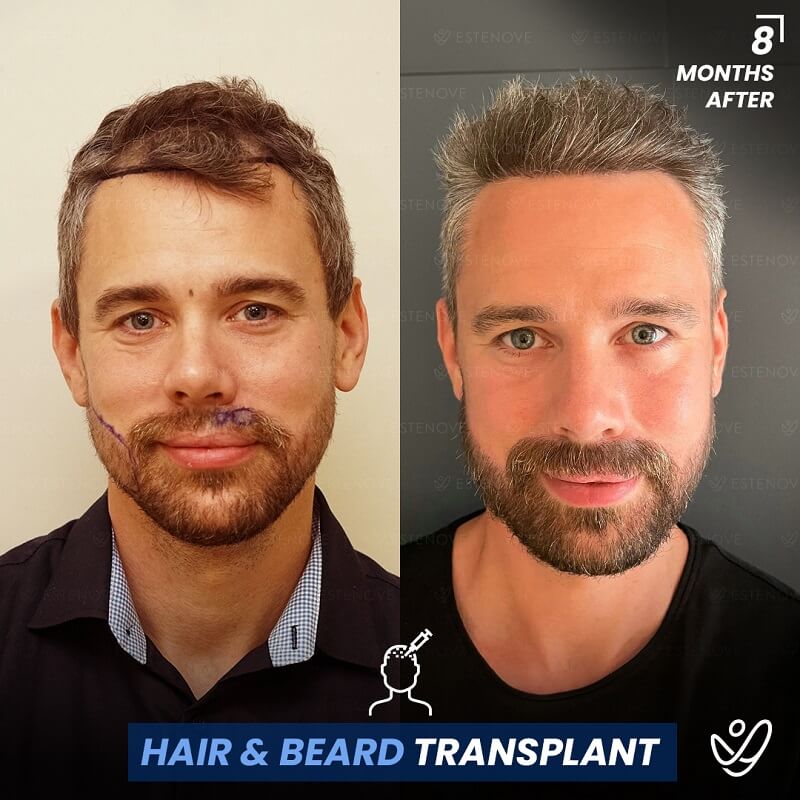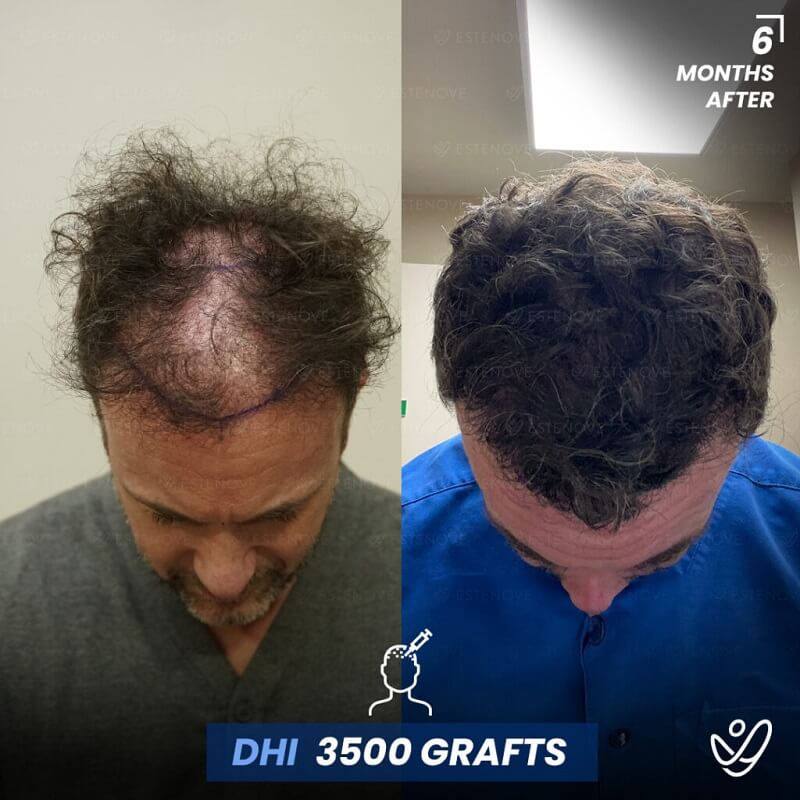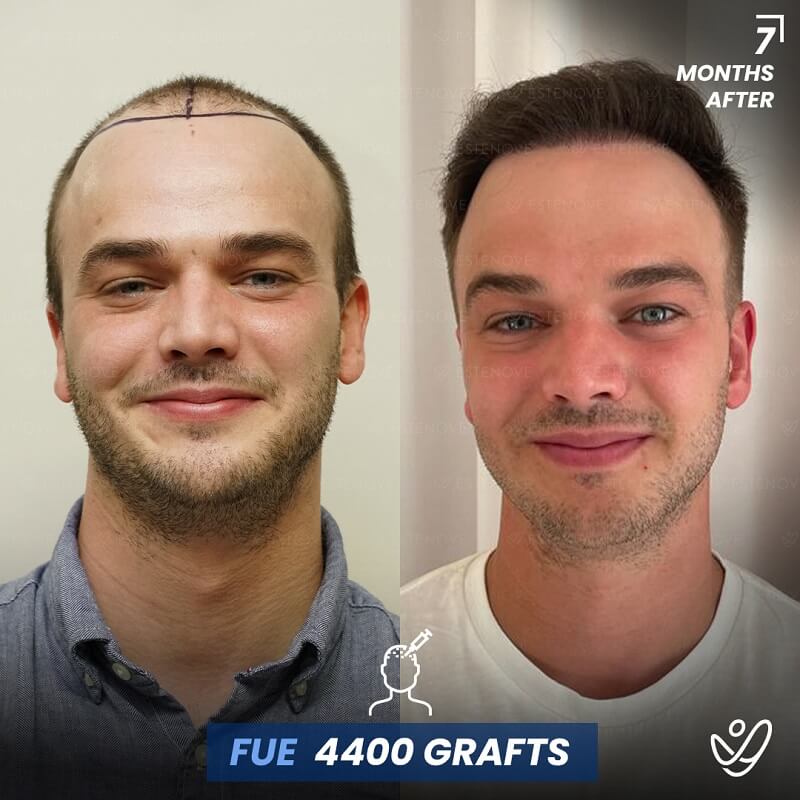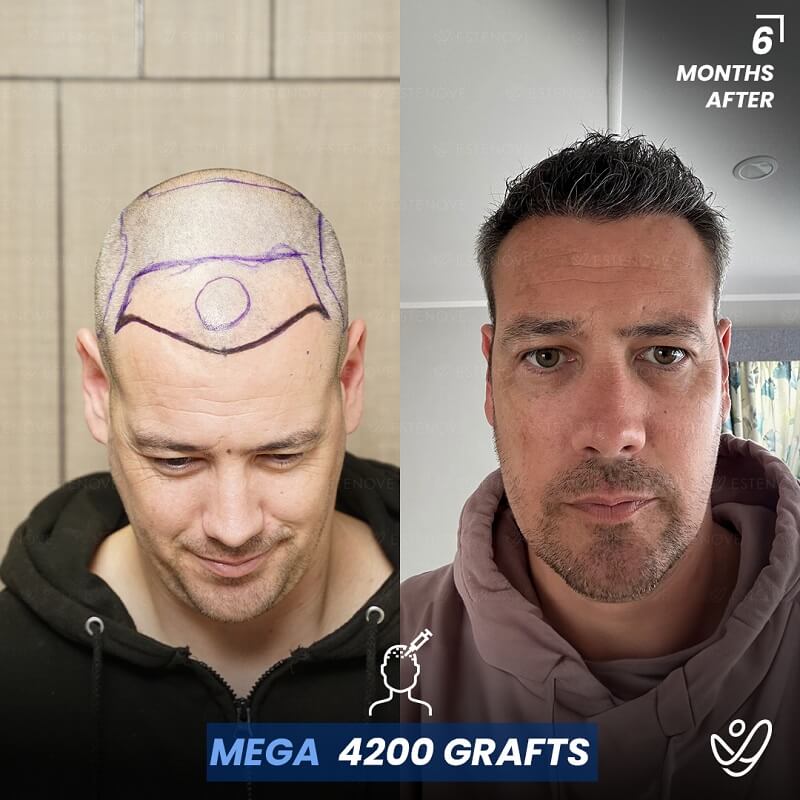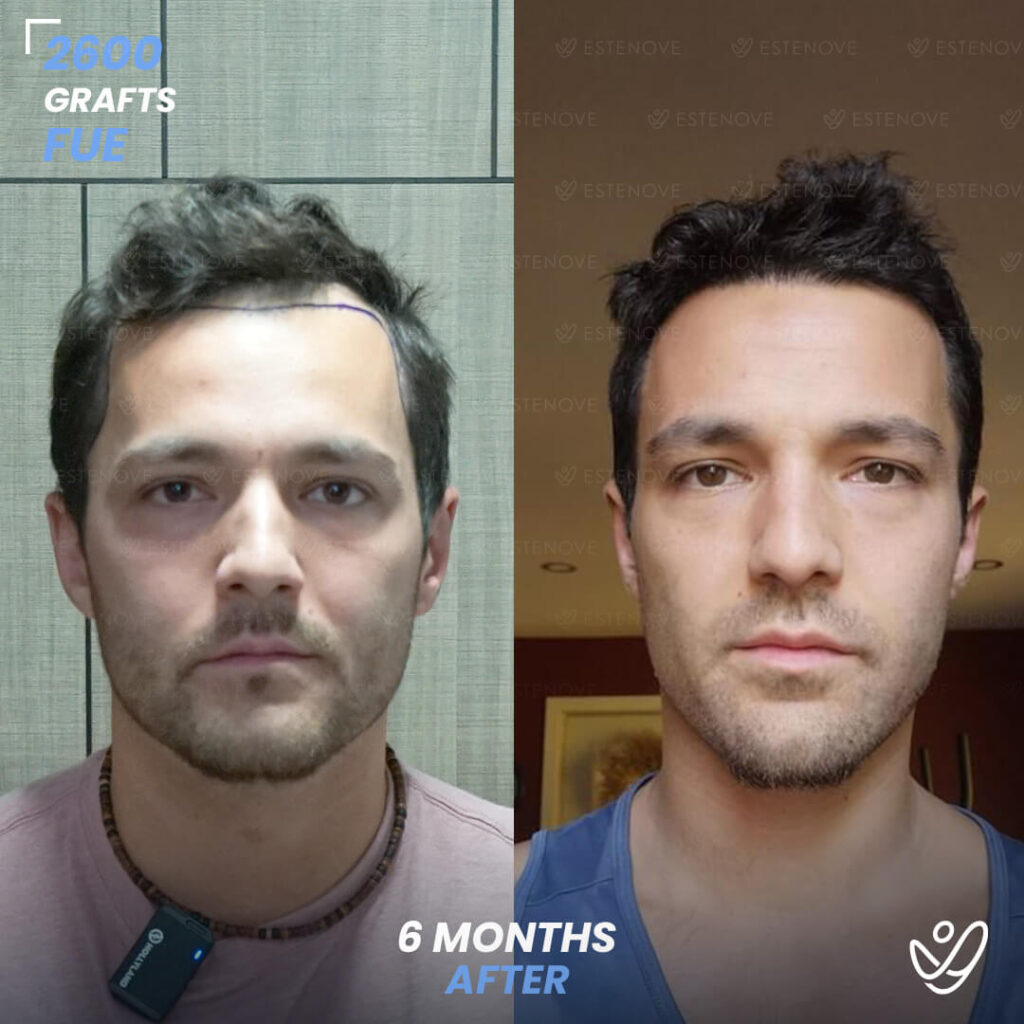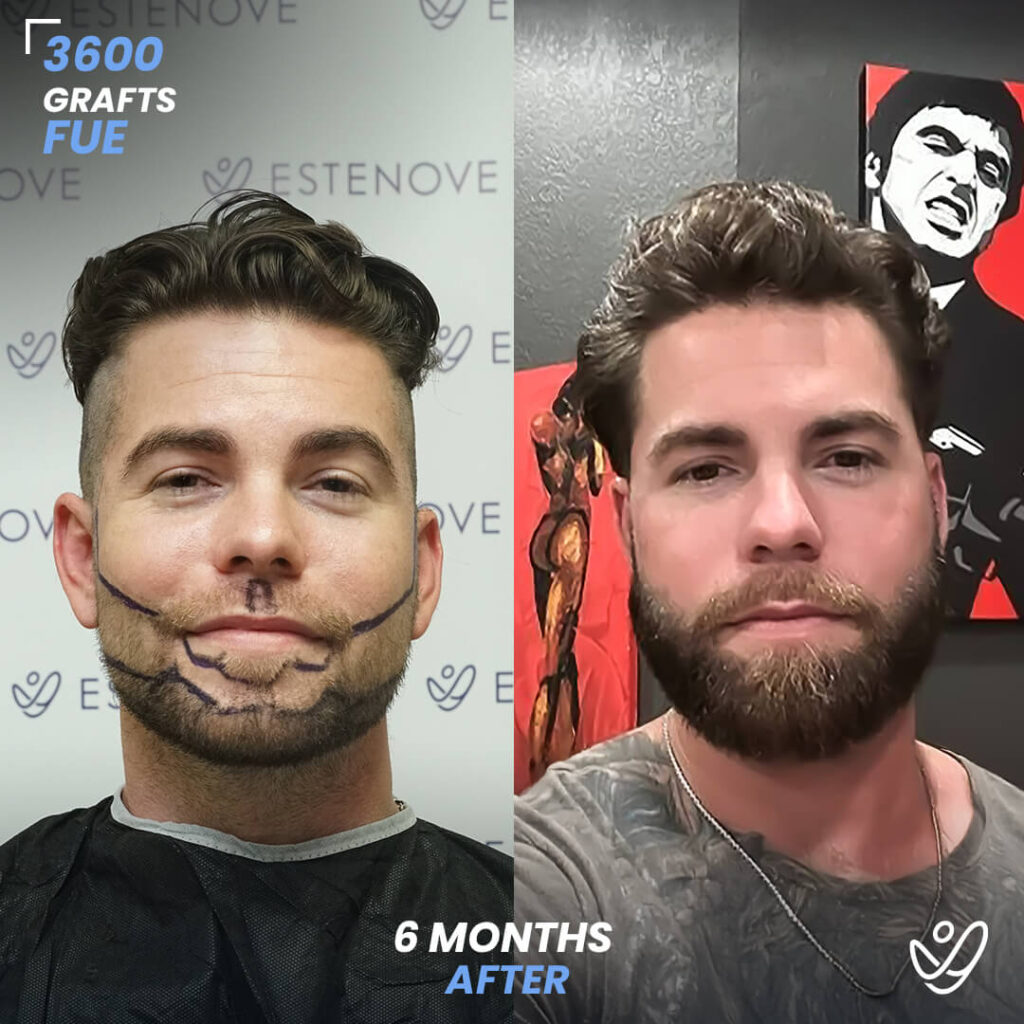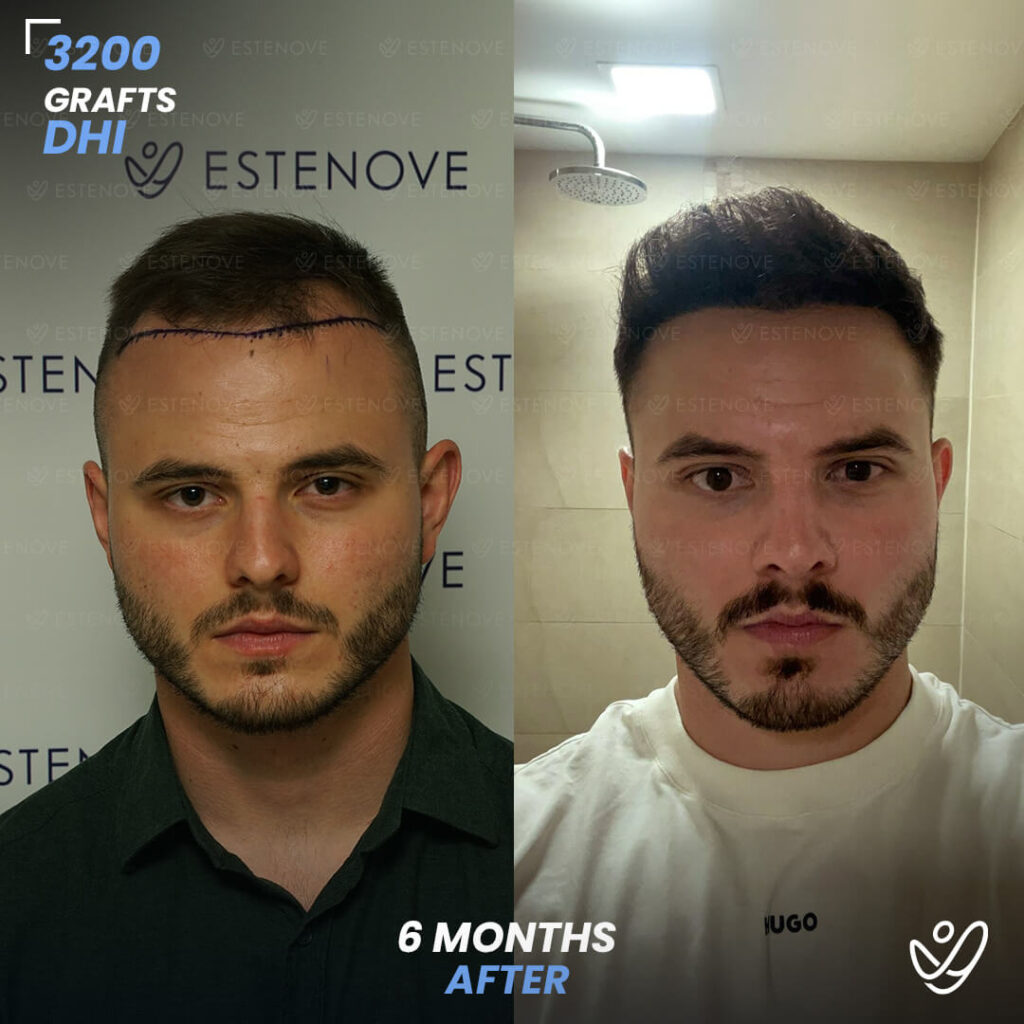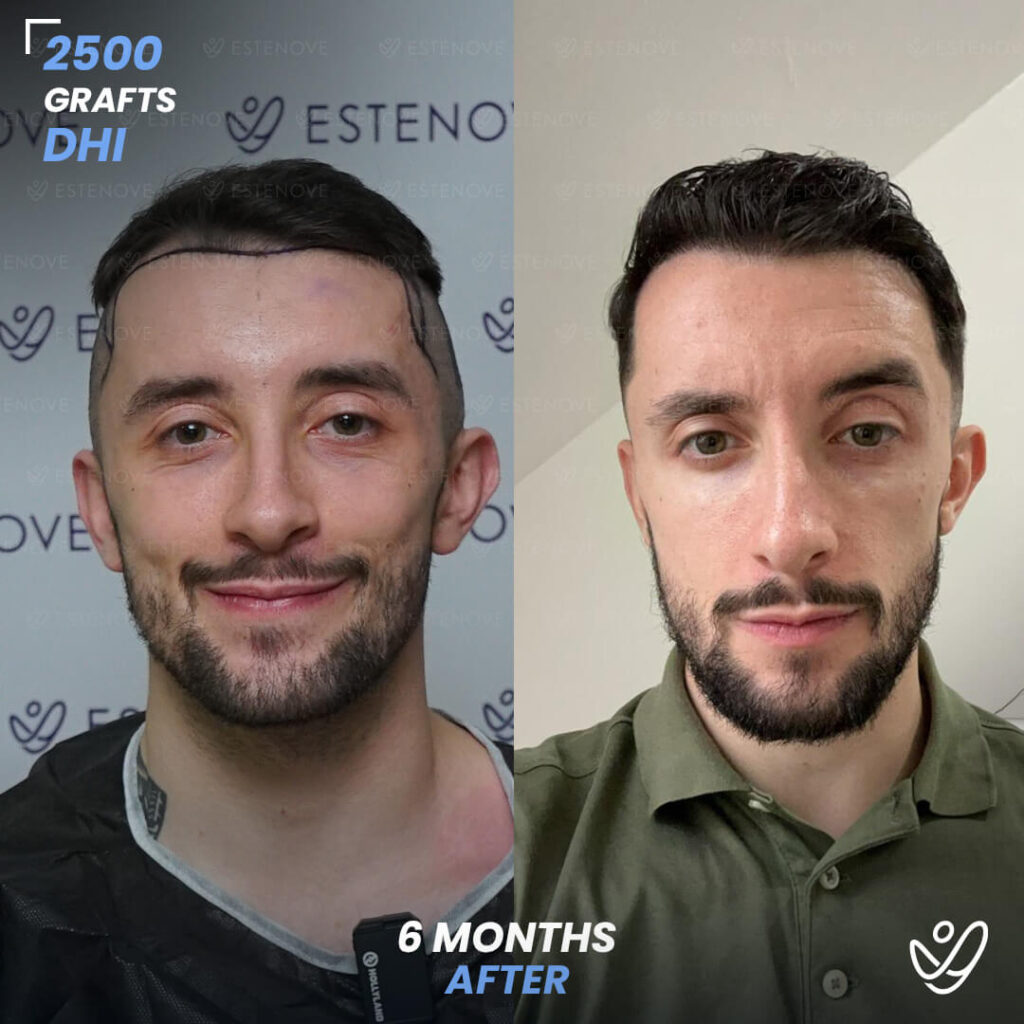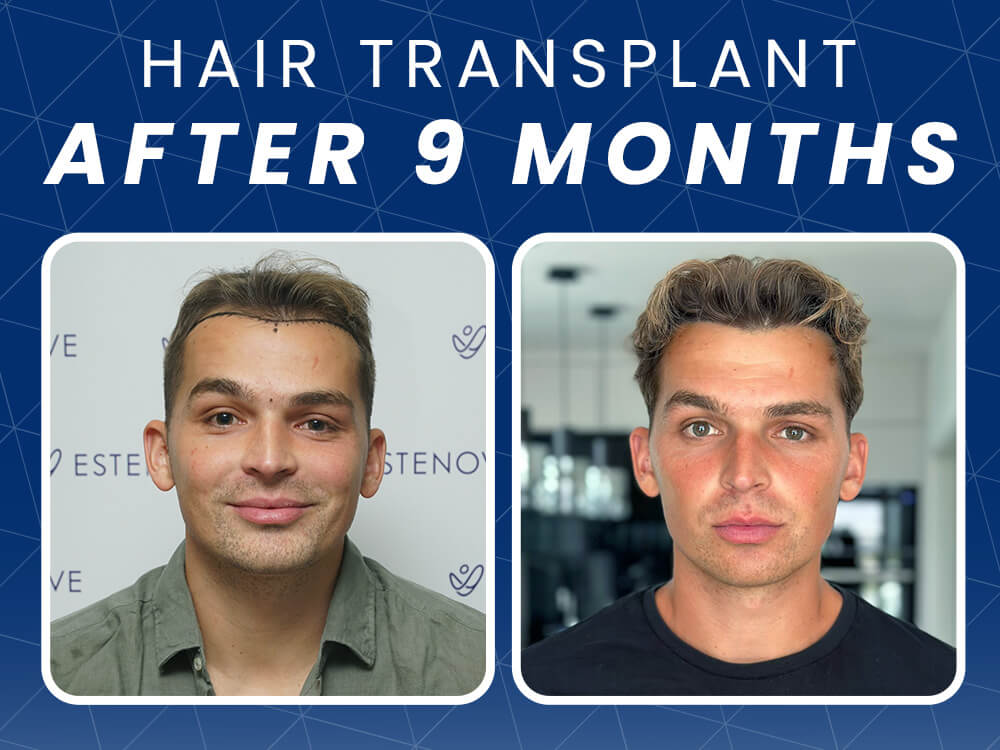
The process of undergoing a hair transplant can be as rewarding as it is challenging. Many patients are eager to see the results of their procedure, particularly at the 9 month mark. This article will explore what can be expected after nine months post-transplant, helping you navigate through the growth timeline, evaluate results, and maintain your new hair effectively.
What to Expect: The Hair Growth Timeline
After a hair transplant, the timeline for hair growth can vary for each individual. In the first month, newly transplanted hair follicles may experience shedding, commonly referred to as “shock loss.” While this may be alarming, it’s a normal part of the process, as the follicles enter a resting phase. During this time, it’s crucial for patients to adhere to post-operative care instructions, as proper care can significantly influence the healing process and the eventual success of the transplant.
By the end of three months, patients can generally begin to see new hair growth as the follicles reactivate. This growth will initially be very fine and almost transparent. However, by the six-month post-transplant mark, many individuals notice a significant increase in hair coverage and density.
The nine-month period marks a time when most people observe substantial improvement in hair thickness and overall appearance. It’s important to note that while some may see results sooner, others may take a bit longer, and patience is key during this transformative journey.
As the hair continues to grow, it’s common for individuals to feel a renewed sense of confidence and self-esteem. The gradual thickening of hair can lead to a more youthful appearance, and many find themselves experimenting with different hairstyles that they may have avoided in the past. Additionally, the psychological benefits of hair restoration can be profound, as many report feeling more socially engaged and less self-conscious about their appearance. This emotional aspect of hair growth is often overlooked but plays a significant role in the overall satisfaction with the transplant results.
By the one-year mark, most patients will have a fuller head of hair, and the results can be quite remarkable. At this stage, the hair may continue to thicken and mature, achieving a natural look that blends seamlessly with existing hair. Regular follow-up appointments with the transplant surgeon can help monitor progress and address any concerns. Moreover, incorporating a healthy diet and proper hair care regimen can further enhance the growth process and maintain the health of the newly transplanted hair. Understanding the hair growth timeline not only sets realistic expectations but also empowers individuals to embrace their journey towards fuller hair with enthusiasm and optimism.
9 Months Hair Transplant Results: Before and After Comparisons
Evaluating the results of a hair transplant involves looking at before and after comparisons to truly understand the transformation. Before the procedure, many patients may have experienced thinning or balding, leading them to seek restoration options. This emotional journey often begins with feelings of self-consciousness and a desire to regain confidence. As individuals consider their options, they may explore various techniques, from topical treatments to surgical interventions, ultimately deciding on a hair transplant as a more permanent solution.
After nine months, it’s essential to take clear images from various angles to measure progress accurately. Patients often find it helpful to have a baseline image taken before the procedure, as this allows for a more straightforward comparison. Observing hair density, texture, and overall scalp coverage will provide valuable insights into the effectiveness of the transplant. Additionally, many patients report an increase in self-esteem and social interactions following their procedure, as the visible results contribute to a renewed sense of identity. It’s not just about the hair; it’s about how the transformation impacts their daily lives, relationships, and overall well-being.,
- Male FUE 6000 Grafts 9 Months Before&After
- Male FUE 3850 Grafts 9 Months Before&After
- Male FUE 3700 Grafts 9 Months Before&After
- Male FUE 3400 Grafts 9 Months Before&After
- Male FUE 2900 Grafts 9 Months Before&After
- Male DHI 3500 Grafts 9 Months Before&After
- Male FUE 5300 Grafts 9 Months Before&After
- Male FUE 4500 Grafts 9 Months Before&After
Furthermore, it is important to consider the role of patience in this process. The hair growth cycle can vary significantly from person to person, meaning that some may see results sooner than others. The initial shedding phase, which often occurs shortly after the transplant, can be disheartening for patients who are eager to see their new hair. However, understanding that this is a normal part of the healing process can help ease anxiety. Regular follow-ups with the hair transplant surgeon can also provide reassurance and guidance, ensuring that patients are on the right track toward achieving their desired results.
Understanding the Hair Growth Timeline: What to Expect at 9 Months
At the nine-month mark, patients can expect their hair to be considerably fuller than it was at both the initial and three-month stages. The hair that has grown in during this time will have matured significantly, taking on a more natural texture and density.
It’s also important to note that while most patients see dramatic improvements by nine months, complete results can continue to develop for up to a year or longer. Sometimes, some areas may appear slightly patchy, which may fill in further over time. Patience is key during this phase of recovery and growth. Click to check out more hair transplant before & after results.
Key Changes in Hair Density and Texture After 9 Months
After nine months, significant changes in hair density and texture are often evident. The newly grown hair follicles typically start to blend with naturally occurring hair, giving a more uniform appearance. Patients often report that their hair feels thicker and more robust than before, with many experiencing increased confidence as a result.
In terms of texture, the hair which has grown post-transplant is usually coarser and more resilient than the fine, initial strands that emerged within the first few months. This is a positive indicator that the transplanted follicles are not only surviving but thriving.
Factors Influencing Hair Growth Post-Transplant
Several factors may influence hair growth after a transplant. One of the most significant is genetics; individuals with a family history of hair loss may have different growth results compared to those without such a history. Other factors include the type of hair transplant procedure performed, the quality of the donor hair, and the skill of the surgeon.
Additionally, lifestyle choices play a crucial role in hair health. Stress, nutrition, and overall health can significantly affect the body’s ability to support hair growth. Addressing these elements can help maximize the success of the transplant.
Common Concerns: Shedding and Regrowth Explained
Shedding is a common concern for patients who have undergone a hair transplant. Understanding that this is a natural occurrence can help alleviate anxiety. Typically, hair shedding happens in the first few months post-transplant as the scalp adjusts to the new hair follicles.
Regrowth usually begins around the three-month mark, and patients often report fluctuating periods of growth and further shedding. This cycle is completely normal. By the time nine months pass, many individuals see consistent growth that has transitioned from thin, wispy strands to more substantial hair.
Maintenance Tips for Long-Lasting Results
To ensure the longevity of the results, it’s essential to adopt effective maintenance strategies. Regularly using high-quality hair care products suited for post-transplant hair can significantly impact hair health. Avoiding harsh chemicals and excessive heat styling is advisable.
Additionally, scalp massages and following a well-rounded hair care routine can aid in maintaining healthy circulation in the scalp. Routine follow-ups with your hair transplant specialist are also crucial to monitor growth and address any potential concerns.
The Role of Nutrition in Hair Restoration
Nutrition plays a pivotal role in hair restoration. A balanced diet rich in vitamins and minerals can promote a healthy scalp and support hair growth. Key nutrients such as biotin, zinc, and vitamins A, C, D, and E are particularly beneficial for hair health.
Incorporating foods such as leafy greens, nuts, fish, and lean proteins can contribute to the overall success of a transplant. Staying hydrated and avoiding excessive caffeine and processed sugar can also lead to improved hair vitality.
When to Consider Additional Treatments
While many patients experience significant results after nine months, some may consider additional treatments to enhance their results further. Options like PRP (Platelet Rich Plasma) therapy, laser therapy, or additional grafts can be potential solutions for maintaining or increasing hair density.
Consulting with a qualified specialist can assist in determining if further treatments are necessary and what options would be suitable based on individual circumstances and desired outcomes.
Fill the form below to get free consultation.
The journey of hair restoration after a transplant is filled with anticipation, patience, and eventual satisfaction. By understanding the hair growth timeline and employing effective maintenance strategies, individuals can enjoy their transformed appearance for years to come.


